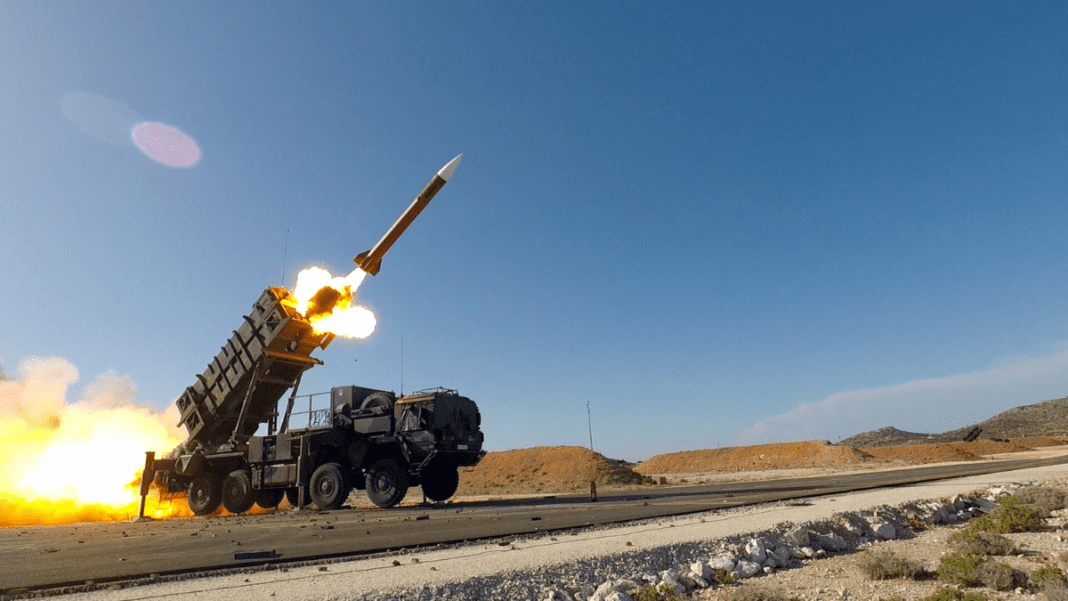Europe faced a serious security shock on September 10, when Russian drones struck Polish territory in what many call the first direct military encounter between NATO and Russia since the invasion of Ukraine began. The strike forced NATO to scramble a large mix of advanced weapons: Polish F-16 jets, Dutch F-35s, Italian AWACS surveillance planes, NATO refueling aircraft, and German Patriot missile systems.
While the attack was repelled, it highlighted a costly problem. NATO countries were forced to use highly advanced and expensive missiles, worth hundreds of thousands of dollars each, to shoot down Russian kamikaze drones. These drones, nicknamed “Gerberas,” were made from cheap materials like plywood and foam and cost only a few thousand dollars to build.
This imbalance raised alarm across Europe. It showed that while NATO has strong traditional weapons, it lacks the right tools for modern drone warfare. Soon after the incident, European countries began reaching out to Ukraine. Ukraine has years of experience. It has stopped many drone attacks before.
Fear soars as China’s mosquito drone can spy without being seen or heard
Ukrainian Drones in the Spotlight
Ukraine has developed new interceptor drones designed specifically to counter threats like Russian kamikaze drones. These systems are modified quadcopters capable of flying fast and high. They carry explosive charges that detonate near enemy drones, destroying them in mid-air before they can strike their targets.
The most striking detail is their cost. Each Ukrainian interceptor is priced at around $10,000 per unit. Compared to NATO’s missiles, which cost up to $400,000 per shot, these Ukrainian drones offer a much cheaper and more practical solution for defending against low-cost Russian aircraft.
Interest in these systems surged immediately after the Polish strike. Poland was the first to inquire, followed quickly by Germany, Denmark, and the Baltic states. Bohdan Popov is head of analytics at the Ukrainian defense advisory firm Triada Trade Partners. He said requests for information have been pouring in since the attack. Many countries are eager to learn from Ukraine’s battlefield-tested technology.
President Volodymyr Zelensky officially unveiled Ukraine’s new interceptors just three months ago. Since then, they have become one of the most requested defense items by European states preparing for similar drone threats.
Russian drones threaten Poland but Dutch F-35 jets lead joint strike to neutralize danger
Rising Demand and New Challenges
The sudden rush for Ukrainian drones has not come without complications. Alongside genuine interest from European allies, Ukrainian manufacturers have reported receiving suspicious inquiries. Officials believe some parties are attempting industrial espionage, trying to copy the technology instead of buying it directly.
A founder of the Wild Hornets charity, which produces the Sting interceptor drone, confirmed that inquiries were arriving “from all over the world.” However, he expressed concern that not all of these requests came with honest intentions.
Ukraine’s Government Export Control Office tightly controls exports of such military technology. Officials have not shared the exact rules for approving overseas sales, but they carefully handle every request. Despite this, Popov has noted that growing pressure from NATO neighbors could lead to wider access to these systems in the future.
For now, Ukraine remains the only country with large-scale, real-world experience in fighting drone attacks day after day. The September 10 strike on Poland has pushed this experience into the spotlight. Across Europe, governments are now paying close attention to Ukraine’s lessons and looking for practical, cost-effective ways to strengthen their defenses.

